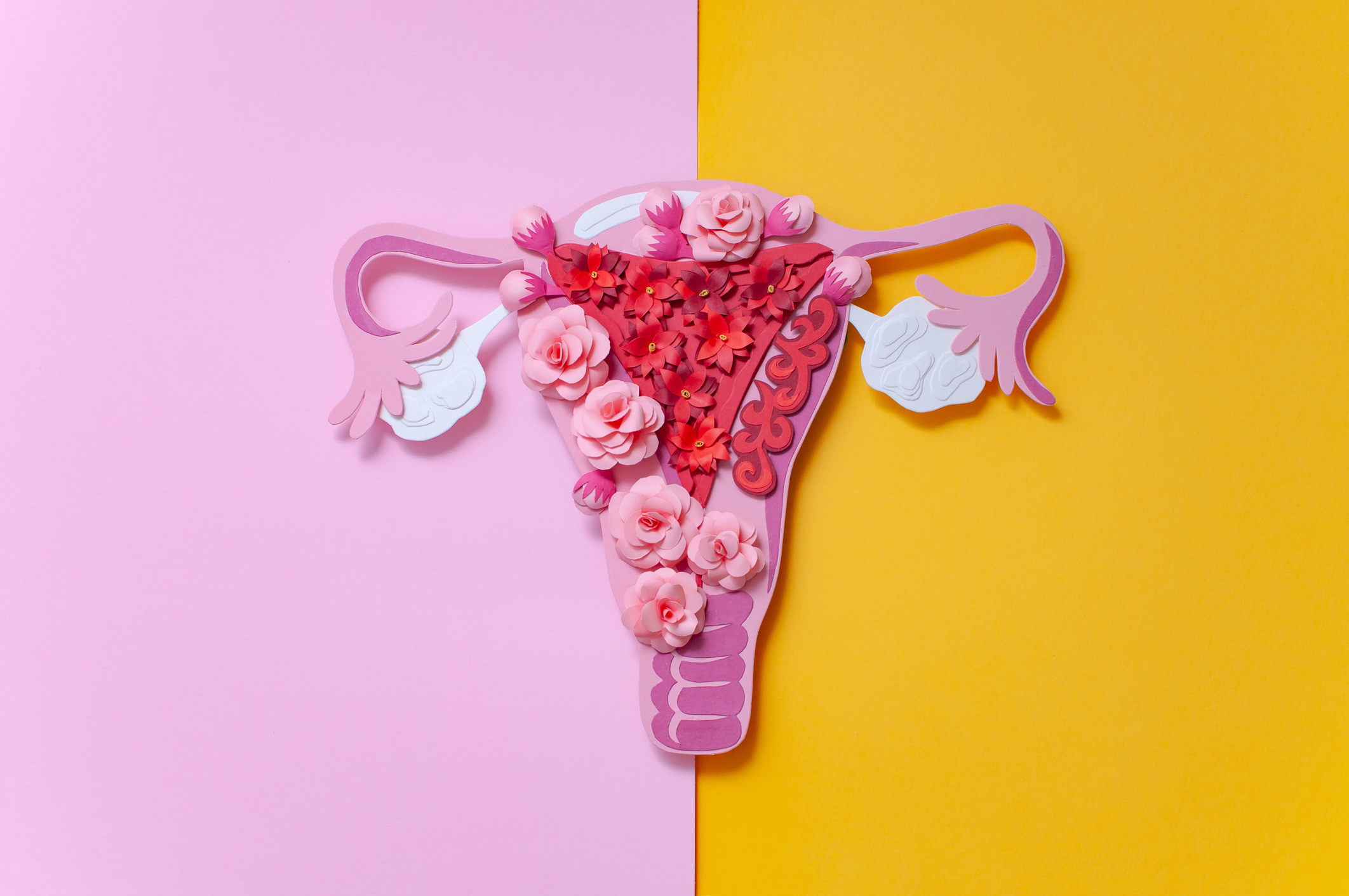Nocturia is the number of times urine is passed during main sleep. This definition tells us that it is a need to void; it does not tell us what triggers it. The aim of this study is to report bladder sensations that wake up women with nocturia (N). Descriptions of sensations in relation to various overactive bladder (OAB) symptoms, most bothersome symptoms, urinary incontinence (UI) and urodynamic findings are examined.
A prospective study of women > 18 years old presenting with OAB and nocturia. Data collected included presenting and most bothersome symptoms, descriptions of bladder sensations associated with nocturia, number of frequency and nocturia episodes, nighttime UI and urodynamic findings.
One hundred fifty women were recruited with mean age 52 years, mean duration of symptoms 10.5 months and mean number of nocturia episodes 4.5. All women reported multiple presenting and bothersome symptoms. Fifty-five per cent had detrusor overactivity (DO). “Multiple” and “more intense” bladder sensation descriptions of nocturia were associated with advanced age, more frequent nighttime UI, when nocturia was considered most bothersome and in the presence of DO. The most frequent single description was “strong desire to void”. The most frequently used combination was “strong desire to void, sudden compelling desire to void, bladder pain and full bladder”.
Descriptions of bladder sensations associated with nocturia in women with OAB were diverse and overlapping. It is important to report clinically and in research why patients have nocturia as this will have bearing on its treatment.
Bladder sensations in women with nocturia due to overactive bladder syndrome.


